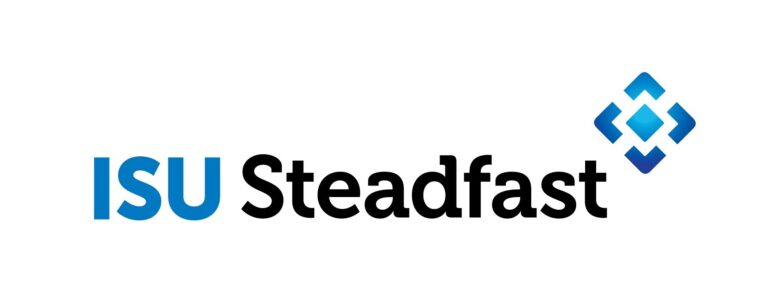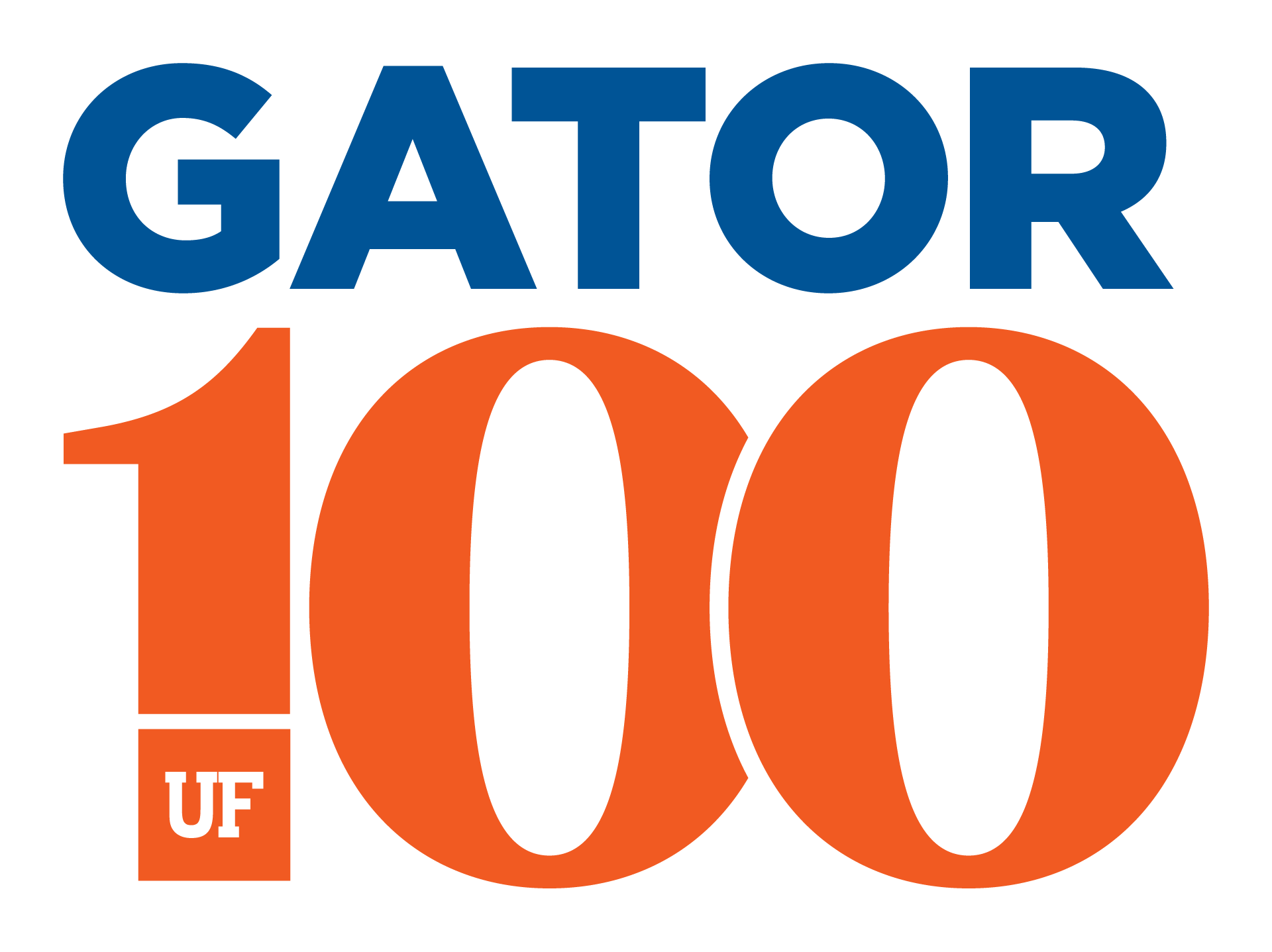
Part 2: How We’re Solving the Commercial Auto Problem with Strong Carrier Access
Commercial Auto Was Our Top Line of Business Last Month. Here’s Why. If you are a business owner looking for commercial auto insurance right now,

INSURANCE AGENCY OWNER
One of the most common questions we get asked by our landlord clients is “What’s the difference in a DP1 Basic Policy and a DP3 Special Policy?”
Below, we have created a simple chart of some of the MAIN differences. See full policy contracts for complete comparisons.
Policy Form | DP1- Basic | DP3- Special |
Brief Description | “Economic” | “Comprehensive” |
Perils Covered | Should be thought of as “Catastrophic only,” primarily covering fire & wind. Does NOT cover water damage. | More in line with the coverage you would carry on your primary home, usually including water damage coverage |
Loss Settlement | “Actual Cash Value” meaning the adjustor will apply depreciation to reduce your claim pay out | “Replacement Cost Value” meaning you will receive what it costs for you to replace your damaged property. Also referred to as “New for Old” |
Renovation Requirements | Easier to get approved, especially for older homes because of water damage exclusions and ACV loss settlement | Often will require an acceptable 4-point inspection with major features updated within the last 15-20 years, & all in good working order |
No Prior Insurance | This is generally allowed | Generally surcharged or ineligible |
While the DP1 policy is usually less expensive than its DP3 counterpart, it’s not as much savings as we were seeing 5-10 years ago. For this reason, we are seeing most of our landlord clients (portfolios of 50 homes or less) selecting DP3 policies when their properties can qualify for it, & DP1 when that’s all they can get.
We realize that our real estate investors clients with large portfolios of homes (50-100+) sometimes have different needs. We usually see a long-term commitment to keeping their insurance premiums as low as possible & therefore, they almost never file claims. The savings on the more “economic” DP1 policy contract, when multiplied out across an entire portfolio, will allow them to save money on the front end & apply that savings toward everything they choose to “self-insure.” The more relaxed underwriting guidelines give them flexibility on their renovations, & the lack of 4-point inspection requirement increases the ease of doing business.
There is no “right for every situation” answer, so we want our policyholders to feel empowered in knowing their options, so we can help set them up with the protection that’s best for them.

Commercial Auto Was Our Top Line of Business Last Month. Here’s Why. If you are a business owner looking for commercial auto insurance right now,

Is Commercial Auto Driving You Crazy? You’re Not Alone. Ask just about any Florida business owner what insurance coverage has caused them the most headaches

I’ll be the first to admit it… when I started out, I didn’t get it. I didn’t understand why insurance agents would spend their time

As a business owner, you juggle everything from day-to-day operations to long-term growth strategies. You plan for taxes, retirement, and succession. But one essential tool




© 2024 All rights reserved